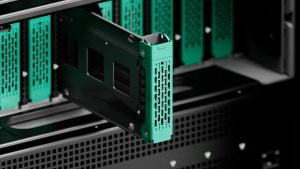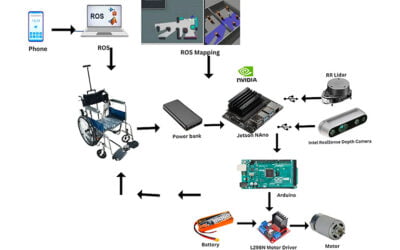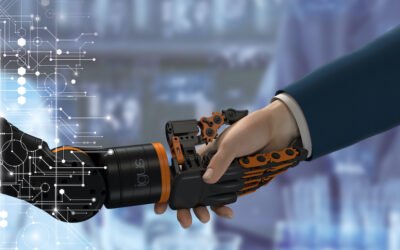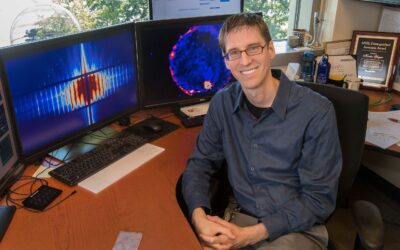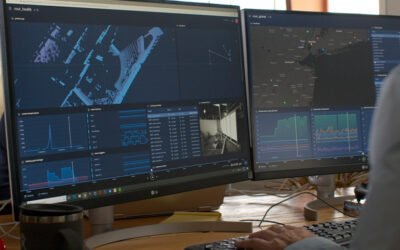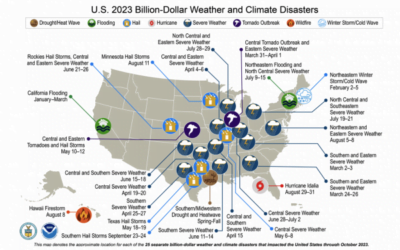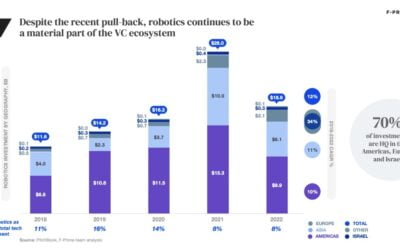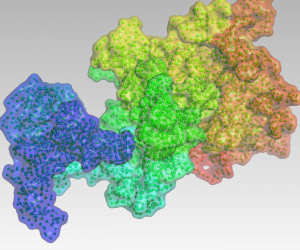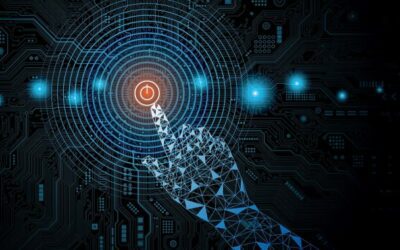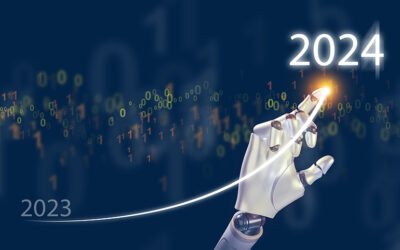Robotics News
How Oxide Created a Cloud Server by Stripping Components, Wires, Cables, and Chips
Hyperscalers Google, Amazon, and Meta have developed barebones servers by stripping down parts, but you cannot buy them off the shelf. Startup Oxide took on that idea and started shipping a mega-server with custom motherboards stripped of unnecessary parts, wires, and...
How this robotics student used NVIDIA Jetson to make an autonomous wheelchair
Robotics developer Kabilan KB is bringing autonomous navigation capabilities to wheelchairs with the aim of helping improve mobility for people with disabilities. KB is an undergraduate at the Karunya Institute of Technology and Sciences in Coimbatore, India. For...
ReBeL cobot gets low-cost, human-like hand from igus
igus GmbH has developed a finger gripper for its ReBeL collaborative robot. “The ReBeL can now perform a variety of simple humanoid tasks with the new low-cost robotic hand,” said the company. Automation is entering small and midsize enterprises (SMEs), particularly...
Brookhaven Lab Develops AI Assistant to Aid in Nanomaterial Science Research
Kevin Yager—leader of the electronic nanomaterials group at the Center for Functional Nanomaterials (CFN), a U.S. Department of Energy (DOE) Office of Science User Facility at DOE’s Brookhaven National Laboratory—has imagined how recent advances in artificial...
These tiny quadrupedal robots are powered by combustion
Cornell researchers have combined soft microactuators with high-energy-density chemical fuel to create an insect-sized quadruped robot powered by combustion. These tiny robots can outrace, outfit, outflex, and outleap its electric-driven competitors. The post These...
Numbers are important, but so are the soft benefits of robotics, says Formant
In robotics, success is often measured in numbers. Metrics surrounding productivity, speed, and return on investment (ROI) reign as the most valuable information a robotics company can demonstrate – and rightfully so. By design, robots are expected to improve upon...
Harnessing the Power of Exascale Software for Faster and More Accurate Warnings of Dangerous Weather Conditions
According to a recent report by NOAA, the US has confirmed a total of 23 separate billion-dollar weather and climate disasters in 2023 alone—the most events on record during a calendar year. Since 1980, the overall total cost of these billion-dollar weather disasters...
A venture capitalist’s perspective on robotics
Despite the expectations of past science fiction writers, robots are still far from common in our everyday lives, notes the venture capitalist community. More than a fifth of the 21st century has now passed, and the worlds of The Jetsons and Lost in Space still feel...
Mapping DNA’s Folds: UIC-led Team Uses Powerful Computers to Unfurl Genomic Secrets
For decades, scientists have probed how human DNA that would stretch more than 2 meters if unspooled from a cell is packed into chromosomes millions of times smaller. A single-cell 3D simulation of chromatin, the structures that make up the chromosome. The beads...
AI Factories and Creative GPU Utilization for AI
Businesses have embraced the use of artificial intelligence (AI), and most plan to rapidly expand its use going forward. However, one major inhibitor and source of problems is that many AI efforts require compute infrastructures that make use of enormous numbers of...
Harvard-Led Research Achieves New Milestone in Error-Corrected Quantum Computing
QuEra Computing, a leader in neutral-atom quantum computers, today announced a significant breakthrough published in the scientific journal Nature. In experiments led by Harvard University in close collaboration with QuEra Computing, MIT, and NIST/UMD, researchers...
5 robotics trends to expect in 2024
2024 could be a year of building robotics momentum. Source: Adobe Stock 2023 was a year of great change within the robotics industry. We’ll see ripple effects from the latest booms in artificial intelligence and humanoid robots for years to come. Entering into 2024, a...

